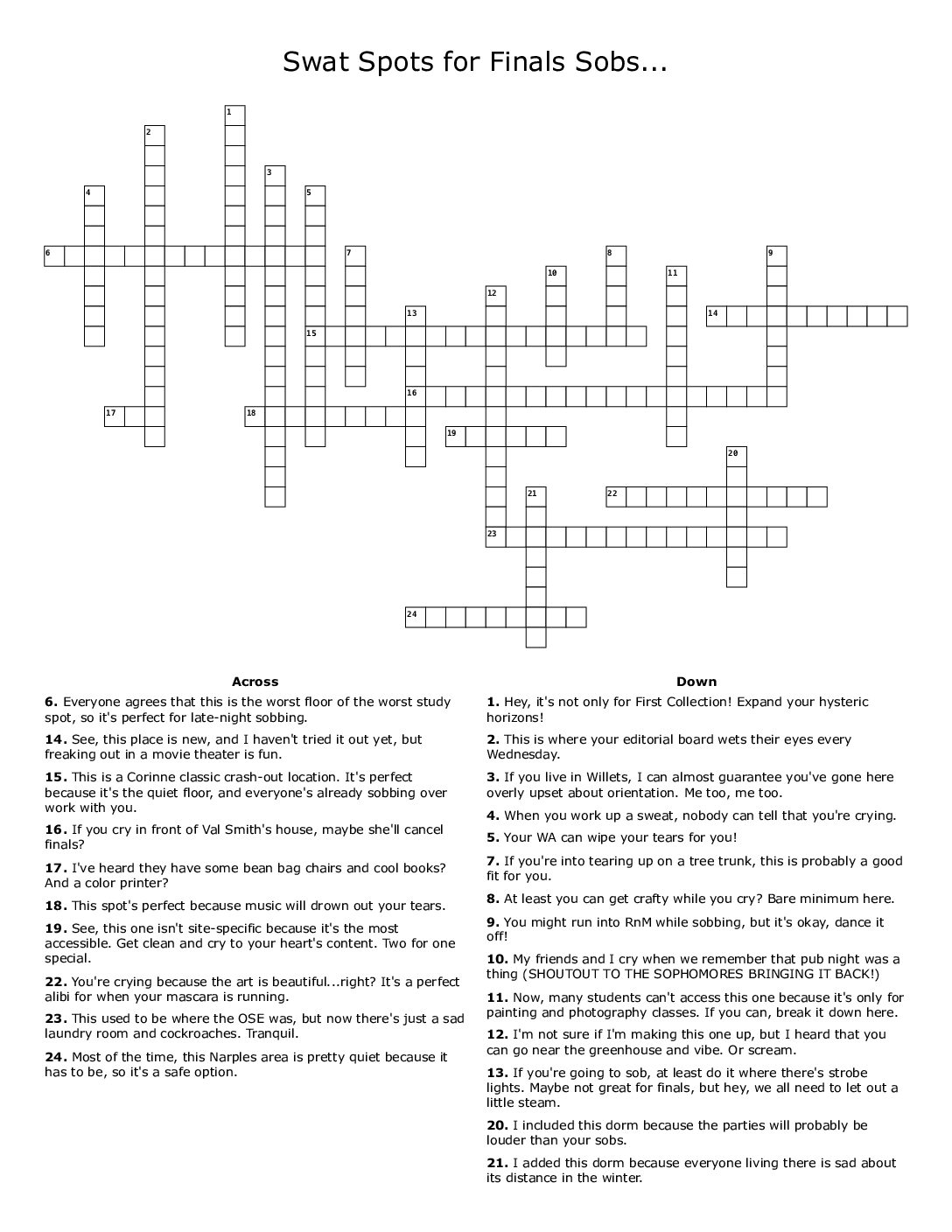Opposite the view of a walkway of towering red trees, a wall of images hangs in Swarthmore’s List Gallery. When looking at them one at a time, each picture looks startlingly similar to the one beside it. But when you step back to look at them as a whole, the collection of drypoint prints tells a startling story. A peaceful winter day in the city, with cars whizzing by on the street, is interrupted by a woman being aggressively forced out of a store while the people around watch.
In her artist talk on Sept. 17, Kakyoung Lee described her work — mainly a collection of print-making works turned frame-by-frame animation — as “exploring the layers [of the] ignored moments of everyday life.” Layers are key to her work, as Lee doesn’t clean her inking surface between printing images. Instead, each image she creates has remnants of the scene that came before, creating a nostalgic connection between past, present, and future. She maintains a similar feeling in her non-printmaking animations, like “Birth,” by drawing on the same piece of paper and not fully erasing the previous image.
Originally, Lee was frustrated by this almost-stained paper because it deviated from her typical aesthetic preferences. After receiving classical training at both Hongik University and Purchase College (State University of New York), her standard for perfection is high, and the stubborn charcoal irritated her. However, she later realized that the visibility of where her figures had been compared to their current positions was something she found particularly symbolic. Lee soon came to intentionally recreate this in other animations, etching “Passerby 1” entirely on one plate.
Building on her experimentation with layers, Lee explored the nexus of her identity with her artistic practice. In her artist talk, the South Korean American artist explained how she divides “everydayness” into three sections: selves, communities, and environments. This division of her work is evident in how she carefully highlights her works’ subjects. In “Tourist” — a piece in the “community” section — Lee draws the figures at a popular sightseeing spot, but intentionally doesn’t draw what the titular tourists are looking at. In doing so, she comments on how these sightseers aren’t connected with the place they’re experiencing. In “B ea/it ch Time” — in the “self” grouping — Lee explores the tension between the exposure of one’s body in public versus private spheres. Again, she only illustrates the focal elements, an intentional act to direct the viewer’s attention to where Lee wants it focused.
Lee’s work centers around humans almost exclusively, which is what makes “On My Way Home 2: Passing and Black Tree” so striking — both are part of the “environments” group. Lee created these pieces during the COVID pandemic, a time of intense personal isolation. Here, the works being absent of figures aren’t only true to life, but also a commentary on the global loneliness spurred by quarantine. The pandemic influenced Lee in another way — it led to her increased involvement in social activism. The “Passerby” series is a direct response to the eruption of anti-Asian hate during the COVID crisis. “Passerby 1” and “Passerby 2” are print animations directly referencing scenes Lee saw from CCTV cameras in the U.S. Lee shows the violent intensity directed towards Asians living in America during that time and since. At the end of her artist talk, Kakyoung Lee explained the goal of her work: to create work that explores the complexities of everyday life, while forming a connection between herself and us — all of us — so that the viewer can share a part in her story. To see her exhibit, visit the List Gallery for “Transitions: Recent Prints and Animations” until Oct. 26.















